VakSea seeks partnership with feed manufacturer for novel insect larvae product
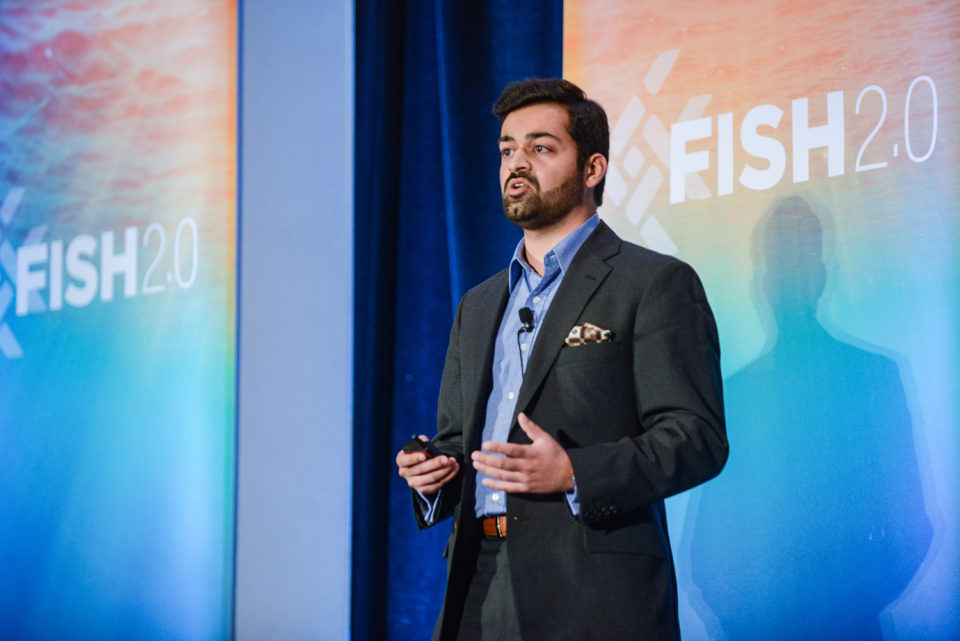
An oral vaccine delivered via fish feed that protects European sea bass as tiny as 1 gram from Viral Nervous Necrosis (VNN) could be ready for market in the next 12 to 18 months if everything goes according to plan for VakSea, a Baltimore, Md., startup.
Mihir Pershad, VakSea’s chief operating officer, said no vaccine exists for VNN, a devastating disease that has caused mass mortalities in over 40 species of cultured marine fish worldwide. The company decided to target farmed European sea bass in Europe and Africa because of the existing size of that market and the well-established hatchery and fish ecosystems for European sea bass compared to many of the other species affected by VNN.
VakSea’s oral vaccine is grown in cabbage looper (Trichoplusia ni) larvae, which are then ground up and manufactured with other aquafeed ingredients into pellet form. It is then administered to fish during their normal feeding regimens. VakSea selected the insect species because of its low cost and efficient system.
“Insects are food for fish, so this will make the pellet palatable to the fish,” he said. The two-part manufacturing process consists of farming the insects and turning the larvae into feed pellets. Pershad said his team has the knowledge to build the manufacturing systems necessary in Delaware, but since it is still in its trial and fundraising stages, it hasn’t yet needed to invest money in large-scale infrastructure.
Small-scale manufacturing is presently taking place in a university-affiliated incubation laboratory in Baltimore. Once the vaccine is ready, VakSea hopes to develop a partnership with a large animal feed manufacturer or distributor.
“They could help us reach the hatchery farms faster than we could do on our own, so that within a year or two we could potentially be helping all these farmers,” he said.
The vaccine presents a number of advantages over traditional vaccination methods, which are time consuming and costly. It can be delivered to fish up to six months younger than any other vaccine on the market, which means sea bass weighing between one and five grams could be vaccinated.
In addition, the small dosage of the vaccine required for these young fish will make the vaccine cheaper to administer and more cost-effective to produce. Pershad estimates VakSea’s vaccine will come in at one-third of the cost of currently available aquaculture vaccines.
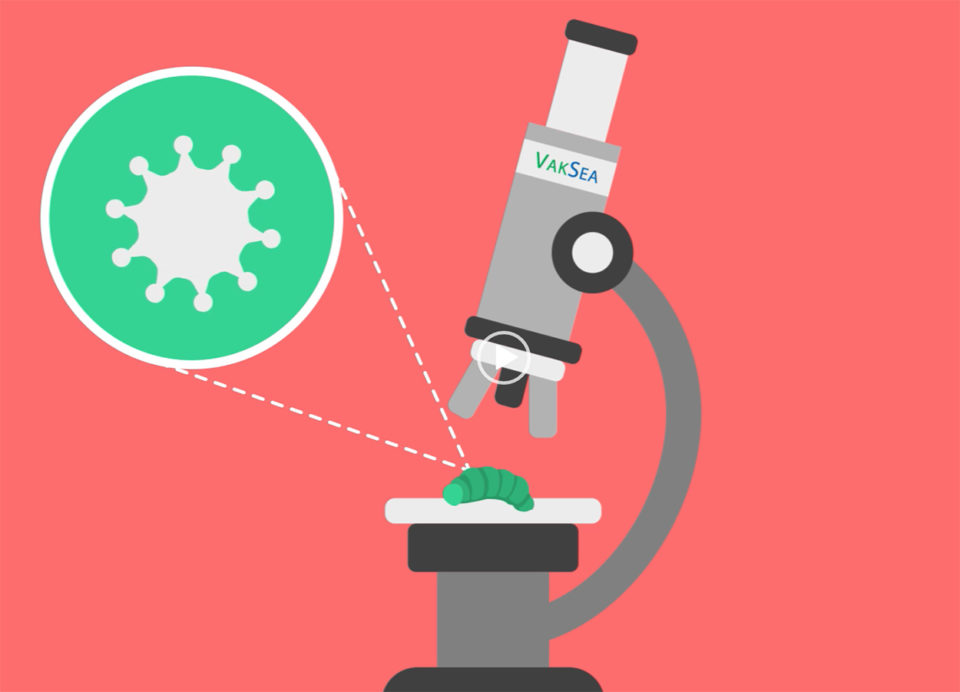
There are 10 vaccines approved for use in aquaculture in the United States, according to Dr. Thomas Loch, a researcher at Michigan State University’s College of Veterinary Medicine.
“The majority are immersion vaccines, where the fish are immersed directly into a vaccine mixed into a tank of water,” he said. An oral vaccine is beneficial, he added, because the fish can stay in their holding tanks. “But it’s also tricky because that vaccine has to be able to go through their stomachs and survive to induce protection.”
Dr. Vik Vakharia, VakSea’s chief science officer and a professor of Marine Biotechnology at the Institute of Marine and Environmental Technology in Baltimore, began developing the VakSea technology at the University of Maryland Baltimore County in 2014, after winning a $100,000 grant from the Maryland Innovation Initiative.
Over the course of his 30-year career he has successfully developed and licensed two poultry vaccines to large animal health companies. Pershad said VakSea’s long-term goal is to grow its platform to other diseases and fish species.
For the next six to nine months the VakSea team is working on optimizing its vaccine. As part of a study completed in early 2017 in Malta, when sea bass were injected with the virus, they learned the vaccine works “relatively well” in its present form.
Insects are food for fish, so this will make the pellet palatable to the fish.
“Our next step is to see if we can protect 75 percent or more of the fish, to make our vaccine a better financial opportunity for fish farmers,” he said. The company’s manufacturing process also needs to be optimized so that a year from its costs will have decreased and its manufacturing efficacy will have improved. “At that point we’ll apply for regulatory approval from the European Medicines Agency,” he said.
His team was thrilled to win an auxiliary consulting prize at Fish 2.0 in December. The prize, a one-day consultation with Australis Aquaculture CEO Josh Goldman and his leadership team on introducing new products to market and scaling an aquaculture enterprise, is scheduled for this March.
“That’s exciting for us because our expertise is not in the commercial side of aquaculture,” Pershad said.
Goldman said VakSea’s unique technology platform intrigued him because of its potential to address two significant challenges in aquaculture vaccine delivery: that many viral diseases affect juvenile fish before they are large enough to vaccinate through conventional injection; and the cost and stress to the fish caused by that injection.
“Cost-effective oral vaccines hold significant potential to address these large challenges, but producers will need to be convinced of the efficacy of VakSea’s products,” Goldman cautioned. “If the platform proves applicable to a wide range of diseases, they can expect to find a large market for their product across species. Our role is to ensure their thinking is aligned with industry needs and provide introductions that can help them realize their potential.”
Follow the Advocate on Twitter @GAA_Advocate
Author
-

Lauren Kramer
Lauren Kramer is a freelance journalist residing in Richmond, B.C., who has written extensively about seafood marketing for SeaFood Business magazine and SeafoodSource.com. Her work appears in a number of publications, including the National Culinary Review and Flavor & The Menu.
Tagged With
Related Posts
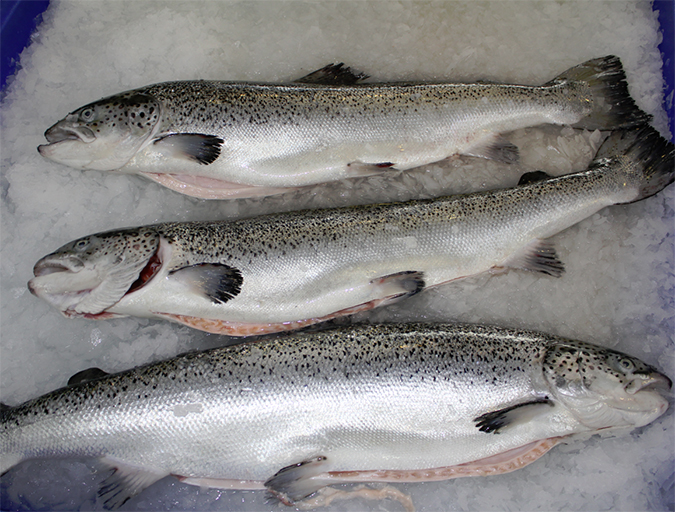
Health & Welfare
Aquaculture viruses: An Atlantic salmon case study
Viruses often are the most potentially damaging pathogens in nature, affecting both wild stocks and farmed animals. Due to an Infectious Haematopoietic Necrosis (IHN) viral outbreak that occurred in Atlantic salmon in British Columbia, Canada some years ago, a vaccine for IHN was developed against this serious threat.
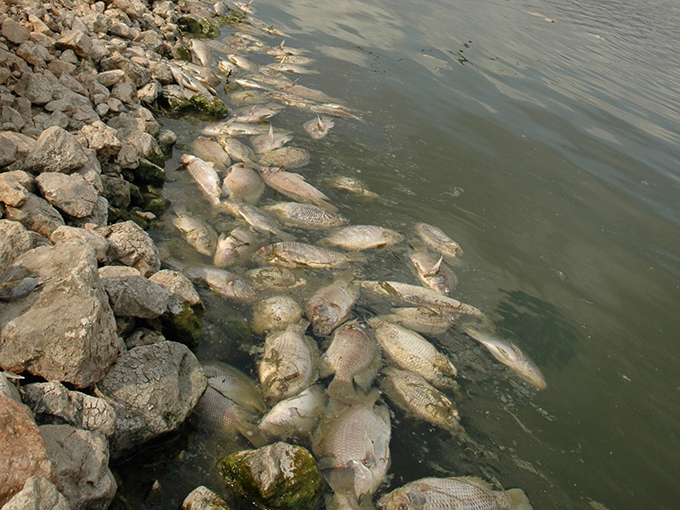
Health & Welfare
Sizing up TiLV and its potential impact on tilapia production
An international research effort has commenced to find a solution for Tilapia Lake Virus (TiLV), a contagion causing high rates of mortality in farmed and wild tilapia stocks in Israel, Colombia, Ecuador, Egypt and Thailand.
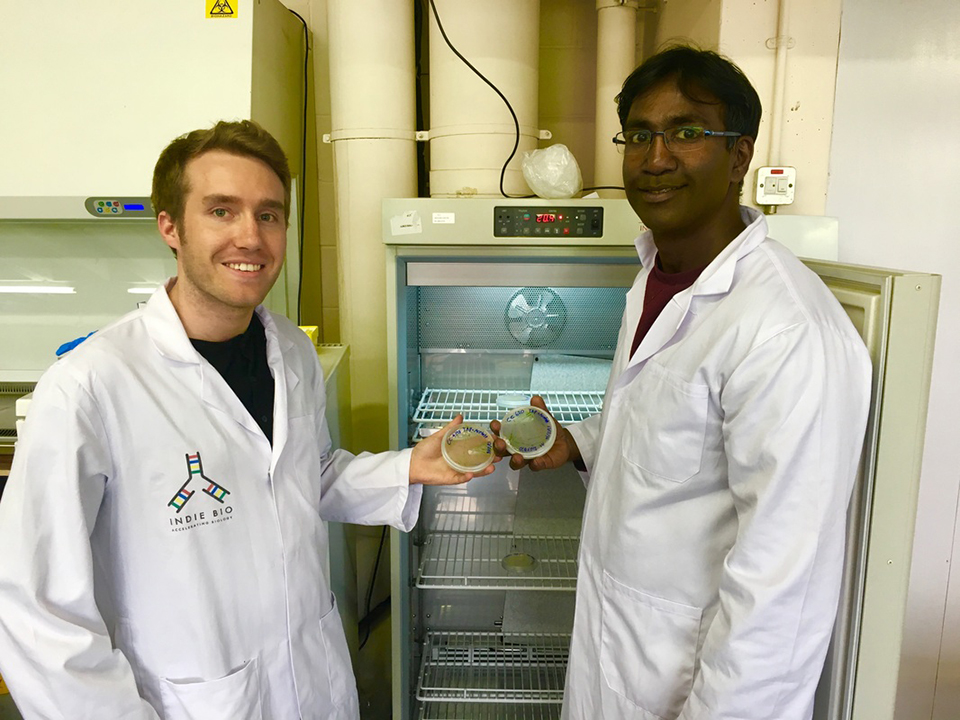
Innovation & Investment
Microalgae into medicine: Biotech startup targets shrimp, salmon diseases
MicroSynbiotiX is employing the power of transgenic microalgae to make it cheaper and easier for aquaculture producers to administer vaccines to fish.
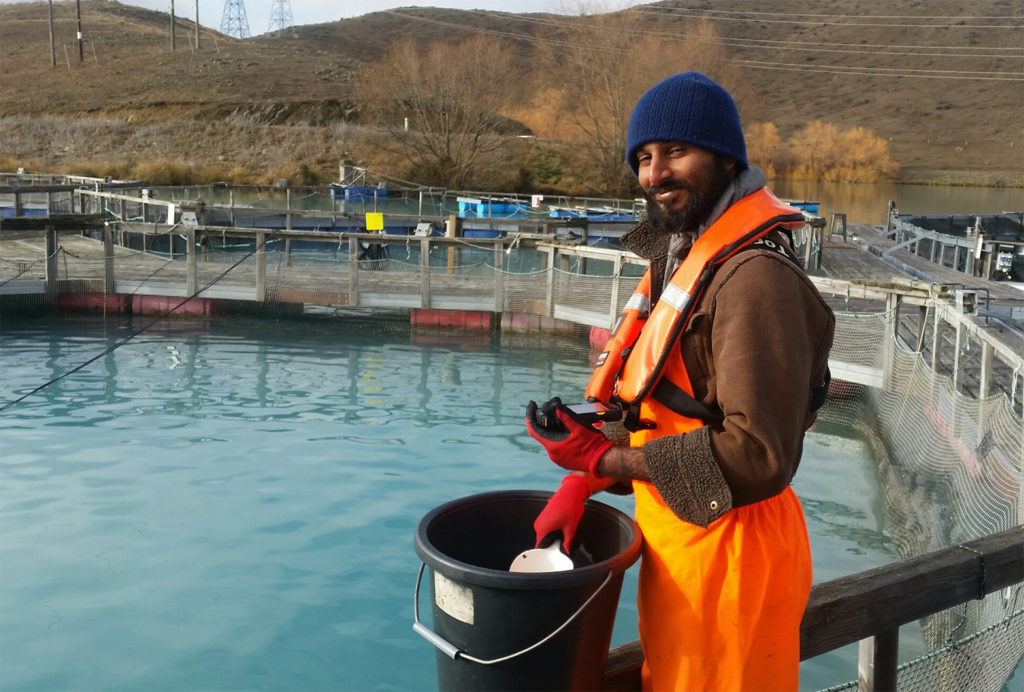
Innovation & Investment
Aquaculture data-collection app provides cloud coverage
Aquanetix, launched by two fish biologists, employs cloud technology for electronic data collection, enabling farmers to monitor infrastructure, minimize feed losses and make informed operational business decisions based on real-time reports about their stocks.

